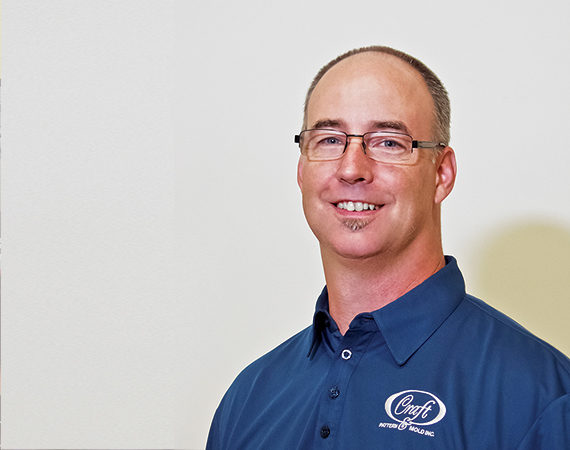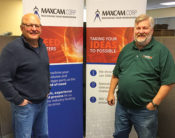If you are a manufacturer who is frustrated by the pressures and inefficiencies of limited forecasts, you should meet Tony Cremers.
Cremers owns Craft Pattern & Mold, a Montrose-based prototype and product development center. His company offers onsite tooling, casting, and machining to help OEMs develop top-secret projects. Craft has been manufacturing precision prototype plastic and metal parts for commercial and industrial applications for 30 years.
The hush-hush environment typically means Cremers’ company receives projects with little advance notice, demand for quick turnarounds, and the expectation that the orders’ specifications might change several times throughout the process.
“It’s a very fast-paced environment,” Cremers says. “Our workloads change daily.” His typical workload forecast might be two weeks, “and we don’t know what we will be working on after that.” The customer’s requirements may not be precise when Craft gets the project, and they may evolve during the second and third phases of the project.
Cremers’ team has learned to be agile, he says. “It definitely takes a certain type of a person to multitask and be prepared for any type of change coming through while trying to keep the original due dates.” Plus, he adds, the quality must always be 100 percent. “The parts are not going to have much value if they’re not meeting the requirements the customer wants.”
Cremers knew he had to fine-tune procedures, so he decided to use ISO 9001:2015. “We needed to get the different parts of our operation on the same page, making sure everything’s complete before it goes to the next department. As we keep growing here, we realize we need to have more structure with our process, so as not to have multiple independent projects running on their own. They need to have a path, a procedure of how they go through the shop.”
The other advantage is that ISO 9001:2015 certification will show clients Craft is “meeting compliances. It gives our customers confidence that we can provide quality parts.”
Creating prototype development parts, Cremers says, was once a “grey area” for certification, but as product developers are increasingly bridging to production, the prototype parts may end up being final products.
“Becoming ISO compliant was a huge step for us,” he says.
Beyond that, Cremers says he knew that getting ISO certification would be necessary to enable Craft’s future growth. “I could see it coming around the corner. I didn’t want it to hit us at a time when we aren’t prepared. I knew it needed to be taken care of so we can continue to grow.”
Cremers admits there was a learning curve in getting full staff buy-in. “I’m not going to lie about that. We all are comfortable in our own ways,” he says. “But there was a point—probably about three-quarters of the way through our training—when a light came on for most of us. We realized the certification’s value when we started to understand it is more of a management tool than it is how we process things from start to finish. It’s working great now with everyone in the shop, actually. But because this is our first year, we obviously have to stay on top of it. We have to make sure we behave and aren’t taking shortcuts.”
…
Featured story in the Winter 2018 issue of Enterprise Minnesota magazine.


